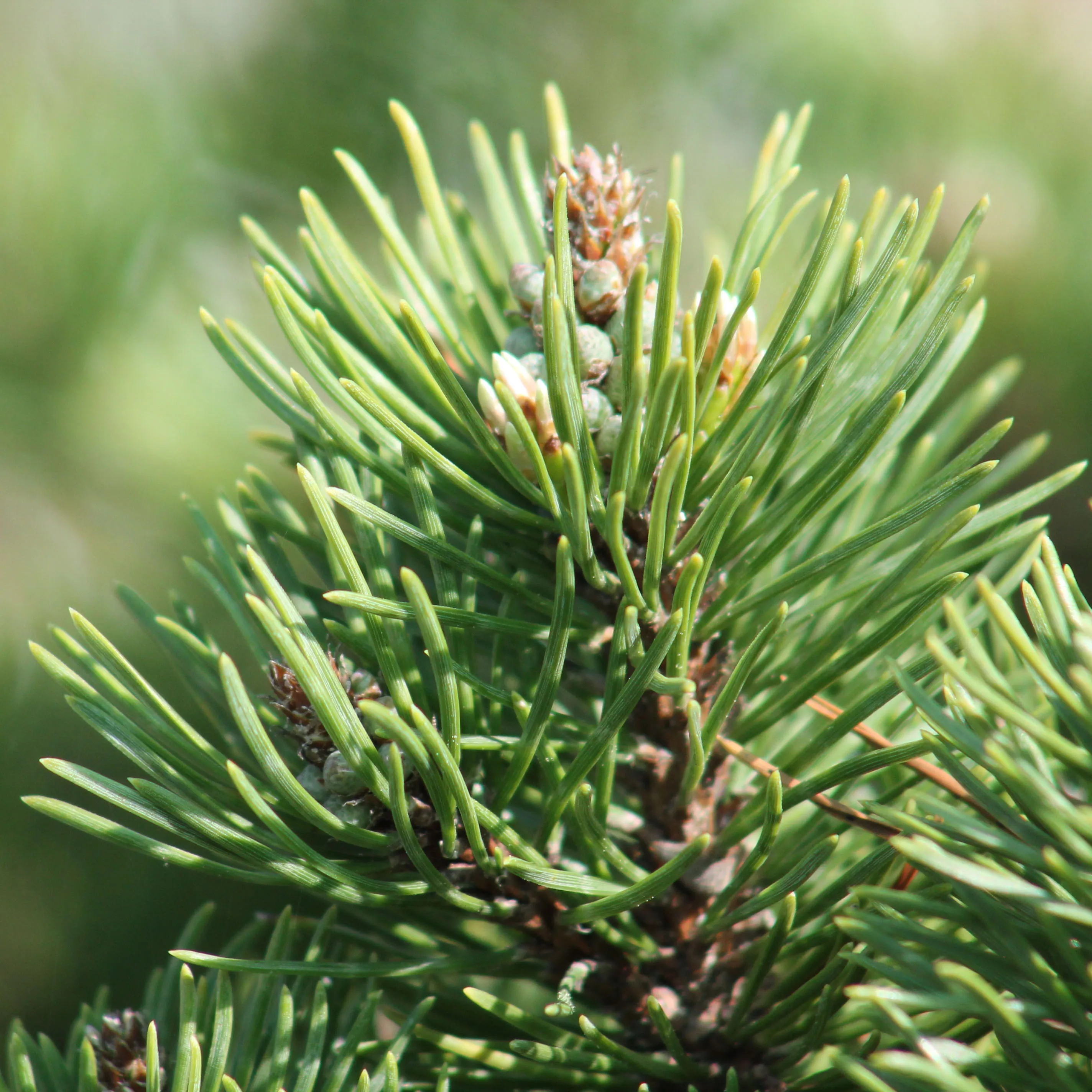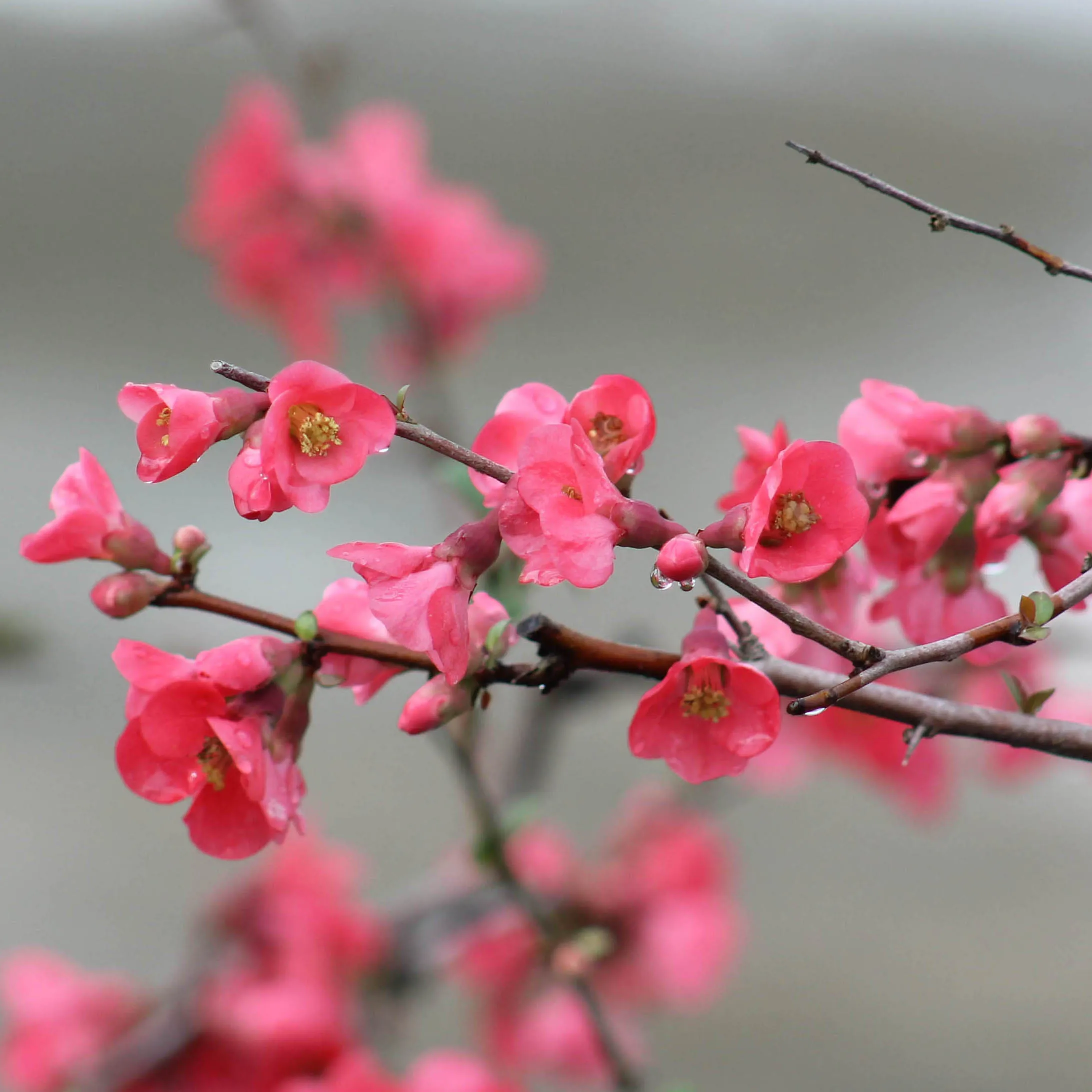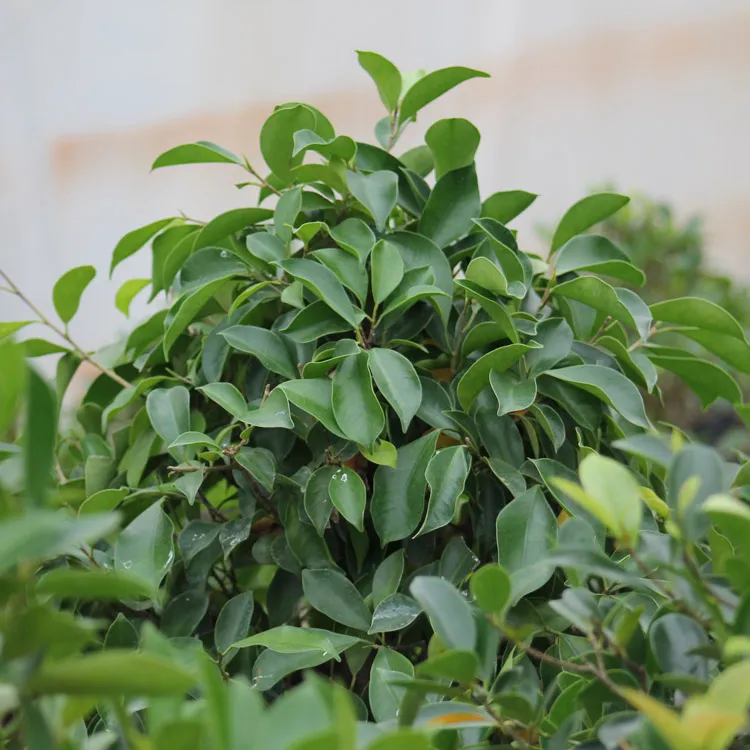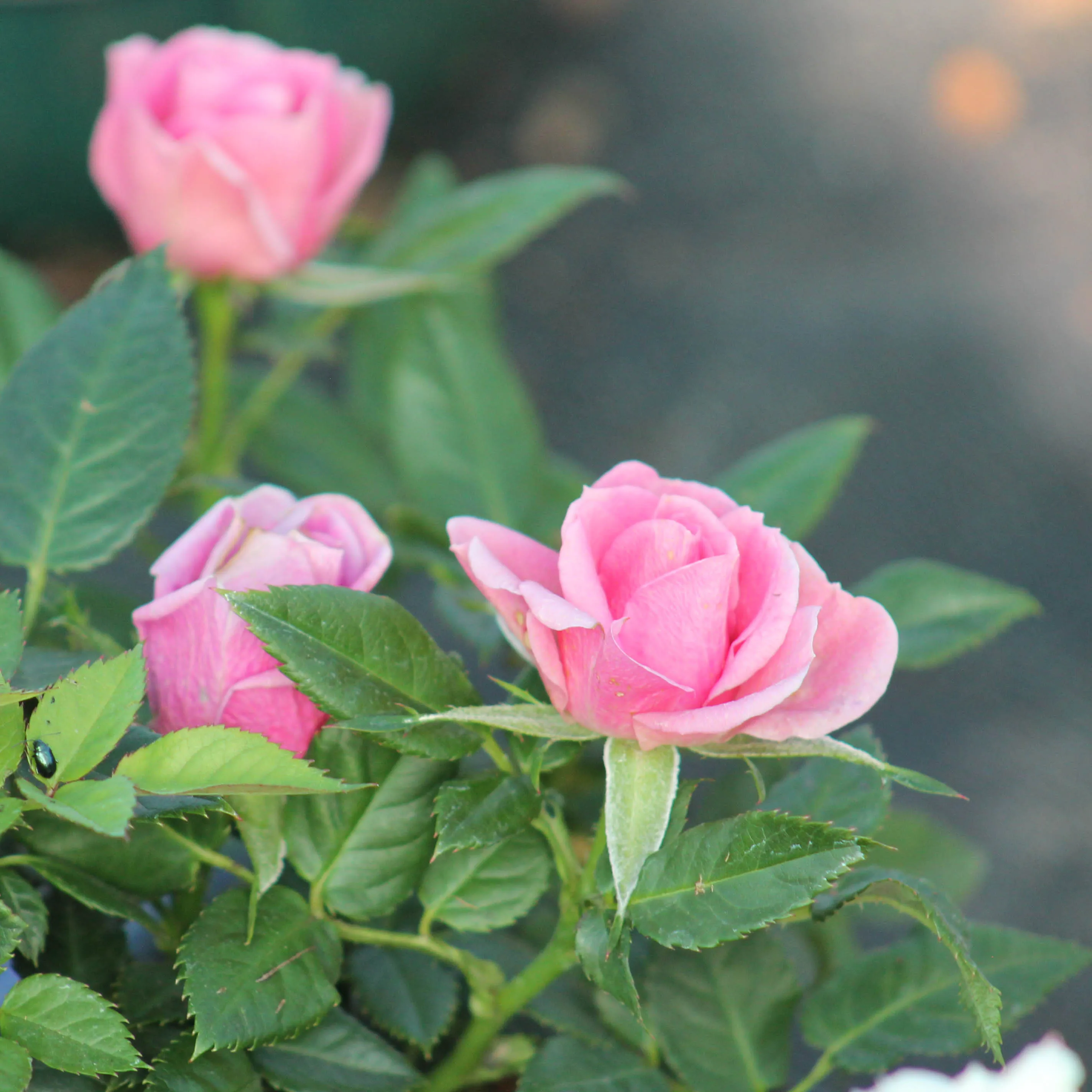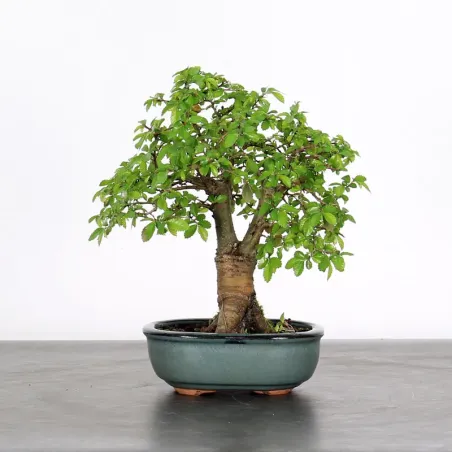Choose an outdoor location from spring to fall and indoors in winter. Make sure it gets plenty of sunlight. In case of a heat wave and scorching sun, place it well in the shade so as not to damage it. In winter, place it in a bright room (not too heated), conservatory or cold greenhouse (between 15°C and 26°C). Indeed, zamia comes from warm and humid areas such as tropical or subtropical savannahs. Avoid exposing it to a temperature below 10°C.
Bloc lien header
 English
en
English
en
Bonsai
Zamia 1-9
Data sheet
Zamia, Zamioculcas zamiifolia, is an evergreen, hairy, hard, green shrub. It is widely used as a houseplant, in greenhouses or conservatories. As the plant is frosty, care must be taken to protect it or bring it indoors if the temperatures become too cold.
- Photos taken in march 2025
Waist
25 cm
Location
Inside in winter
Age
20 years
Foliage
Persistent
Height
Entre 25 et 40 cm
More information
Origin:
The zamia is native to Mexico, from the warm sandy coastal plains. The Americans call it the "Cardboard palm". It is an evergreen, hairy, hard, green shrub. The pinnate leaves may be toothed on top. Arranged in a wreath, they are similar to palm and fern leaves. It does not produce flowers but cones. It is dioecious, meaning that it produces female cones with red seeds and male cones on separate plants.
Share
Cultivation Advice

 Production of French Bonsai
Production of French Bonsai













